Hyundai Ioniq 9 Electric SUV Unveiled, Gets Middle Row Seats That Can Rotate 180 Degrees
The Hyundai Ioniq 9 will go on sale in Korea and the United States in H1 2025, followed by other markets.
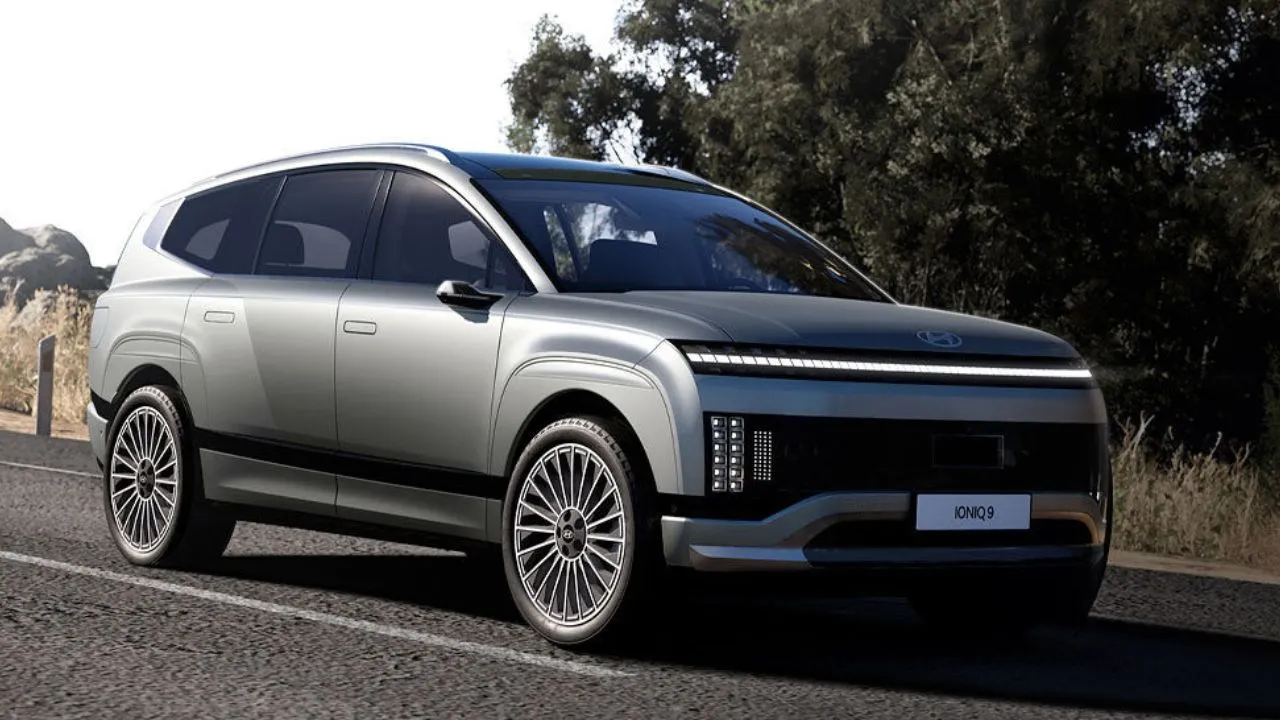
Hyundai unveiled the much-anticipated Ioniq 9 today at a ceremony held at the Goldstein House in Los Angeles. The SUV is constructed on the company's well-known Electric Global Modular Platform (E-GMP), which also accommodates the 5, 6, and other Ioniq models. Of these cars, the Ioniq 5 is the only one available in our market, priced at Rs 46.05 lakh (ex-showroom). Although Hyundai has not made an official announcement, we expect the new Ioniq 9 to arrive in our country, similar to the Kia EV9. However, South Korea will be the first country to get it, followed by the US. The car's production will begin in the spring of next year, with the vehicle going on sale in the second quarter of 2025. Read on for more details.
Hyundai Ioniq 9: Battery and Charging
The Hyundai Ioniq 9 has a 110.3kWh battery and two versions (Long-Range and Performance). The Long-Range model is available with both RWD and AWD, while the Performance model comes standard with AWD. A 215bhp, 350Nm rear axle-mounted motor powers the RWD variant of the Long-Range version, enabling 0-100km/h sprint time of 9.4 seconds and 80-120km/h acceleration in 6.8 seconds. With the addition of a 94bhp, 255Nm front motor, the AWD version adds more power and traction. It can reach 100km/h in 6.7 seconds and sprint from 80km/h to 120km/h in 4.8 seconds. The Performance AWD variant, which is the top model in the range, has a 215bhp motor on both axles. It can go 0-100km/h in 5.2 seconds and 80-120km/h in 3.4 seconds.
Also Read: The Hyundai Ioniq 9 Electric SUV is Here and it Comes With Great Expectations
When using a 350kW charger, the Ioniq 9 can be charged from 10% to 80% in 24 minutes. In addition to its 400V and 800V charging capabilities, the SUV can also be used to charge other electrical devices thanks to its vehicle-to-load (V2L) capability.
Hyundai Ioniq 9: Design
Hyundai's focus on combining advanced aerodynamic technology with elegant, futuristic design is reflected in the SUV’s ‘Aerosthetic’ appearance. The front design incorporates Parametric Pixels into the LED light units and lower fascia, creating a unique and sophisticated appearance. A smooth, bending roofline distinguishes the car's design, delivering a streamlined aerodynamic profile and a low drag coefficient of only 0.259 Cd when equipped with digital side mirrors. For comparison, the drag coefficient of the Tesla Model X is 0.24 Cd and the Mercedes EQS SUV is 0.26 Cd. The Ioniq 9 also includes a full LED combination lamp and 19-inch wheels as standard (20- and 21-inch sizes are optional).
As for the colours, the car is available in 16 different options, including Cosmic Blue Pearl, Ionosphere Green Pearl, Sunset Brown Pearl, Celadon Gray Matte, and Celadon Gray Metallic.
Hyundai Ioniq 9: Interior
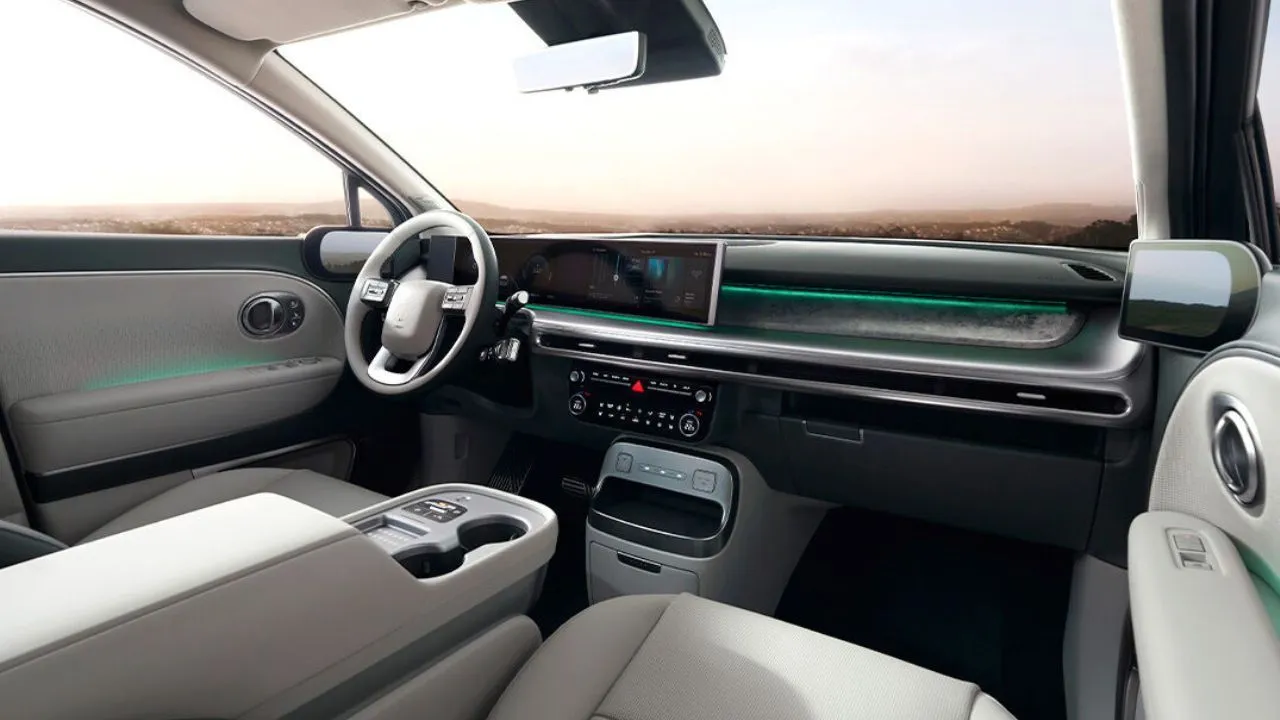
The electrified Hyundai comes in both six- and seven-seat layouts. The second and third rows offer 2,050mm of legroom and 1,899mm of headroom. When the car is not moving, the captain's chairs in the second row can be rotated. Moreover, the first two rows come with a massaging feature. Hyundai has introduced an adjustable console called the Universal Island 2.0, which can be pushed up 190mm and accessed from the second row with the help of bidirectional adjustable armrests. This console offers storage of 12.6 litres in the lower sliding tray and 5.6 litres in the upper tray.
Also Read: World Car Awards 2024: Kia EV9 Wins Car of the Year, Hyundai Ioniq 5 N Bags Performance Car Award
The boot's capacity is 620 litres. However, when the third row is folded, the capacity increases to 1,323 litres. The maximum capacity of the front trunk is 52 litres for AWD models and 88 litres for RWD versions. Other notable features include an 8-speaker sound system (a 14-speaker Bose system is optional), roof-mounted air vents, multi-zone climate control, a panoramic sunroof, a 12-inch infotainment touchscreen, a 12-inch digital instrument, ambient lighting, and 100W USB-C connectors in all three seats.
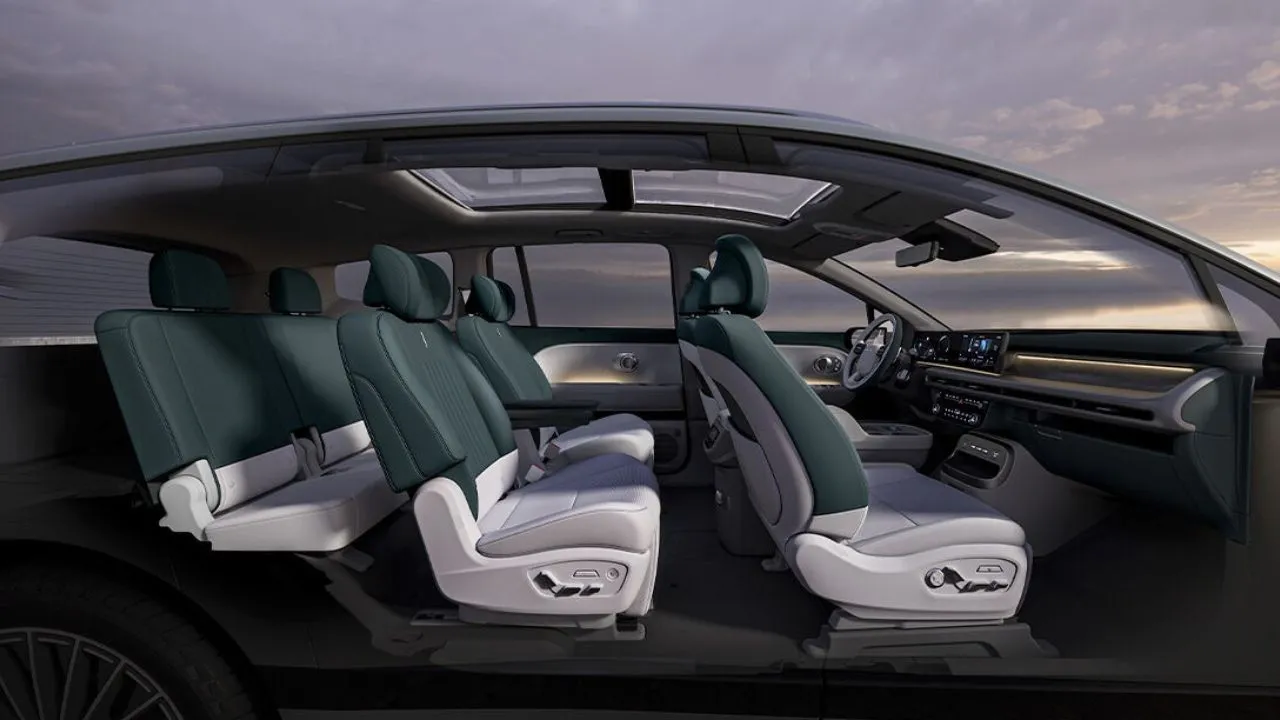
Hyundai Ioniq 9: Dimensions, Safety, and Other Features
The e-SUV measures 5,060mm in length, 1,980mm in width, and 1,790mm in height. It has a wheelbase of 3,130mm. For safety, it comes with seat belt pre-tensioners and load limiters for third-row occupants, 10 airbags, and ADAS (advanced driver assistance system). Hyundai has equipped the electric SUV with lateral wind stability control, dynamic torque vectoring, and Terrain Traction Control.
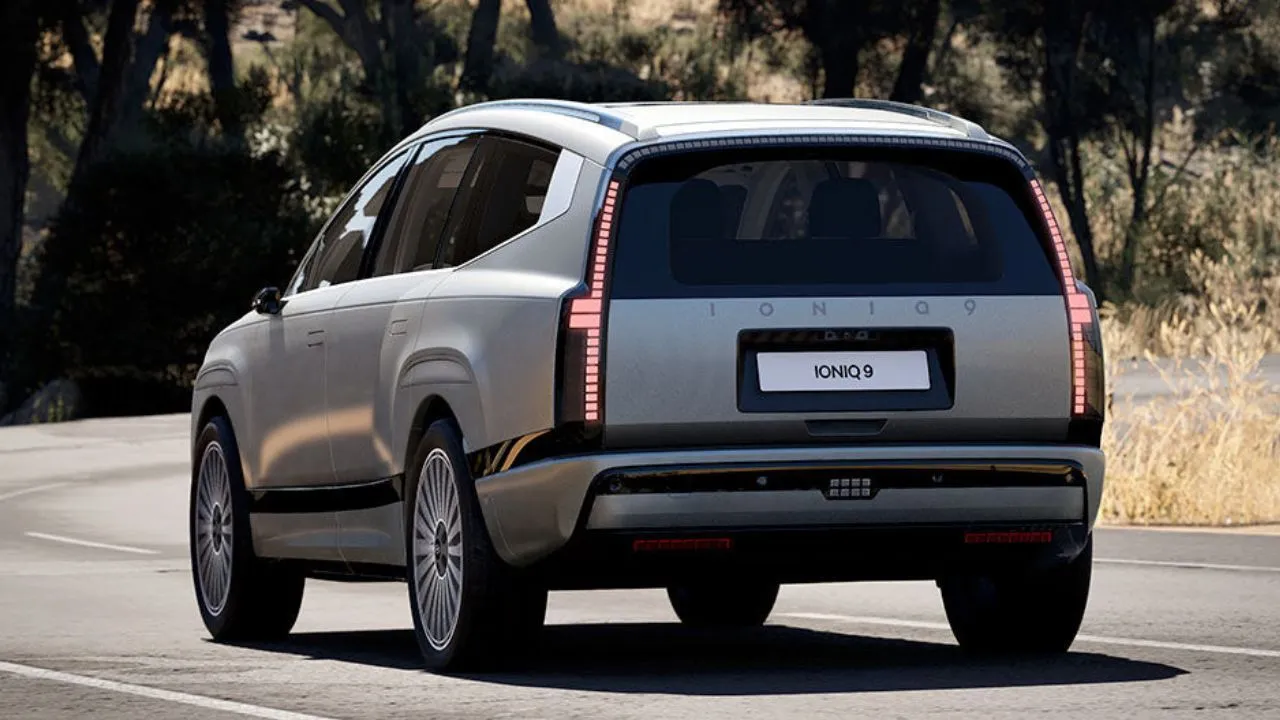
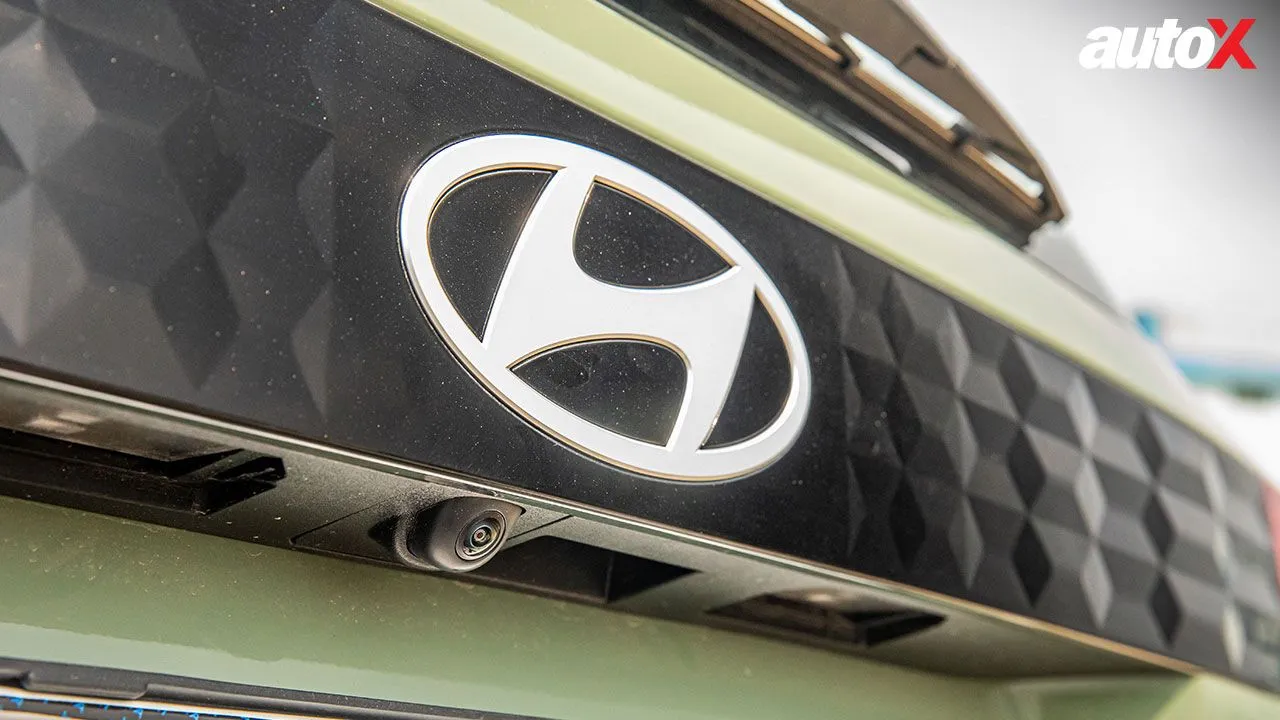
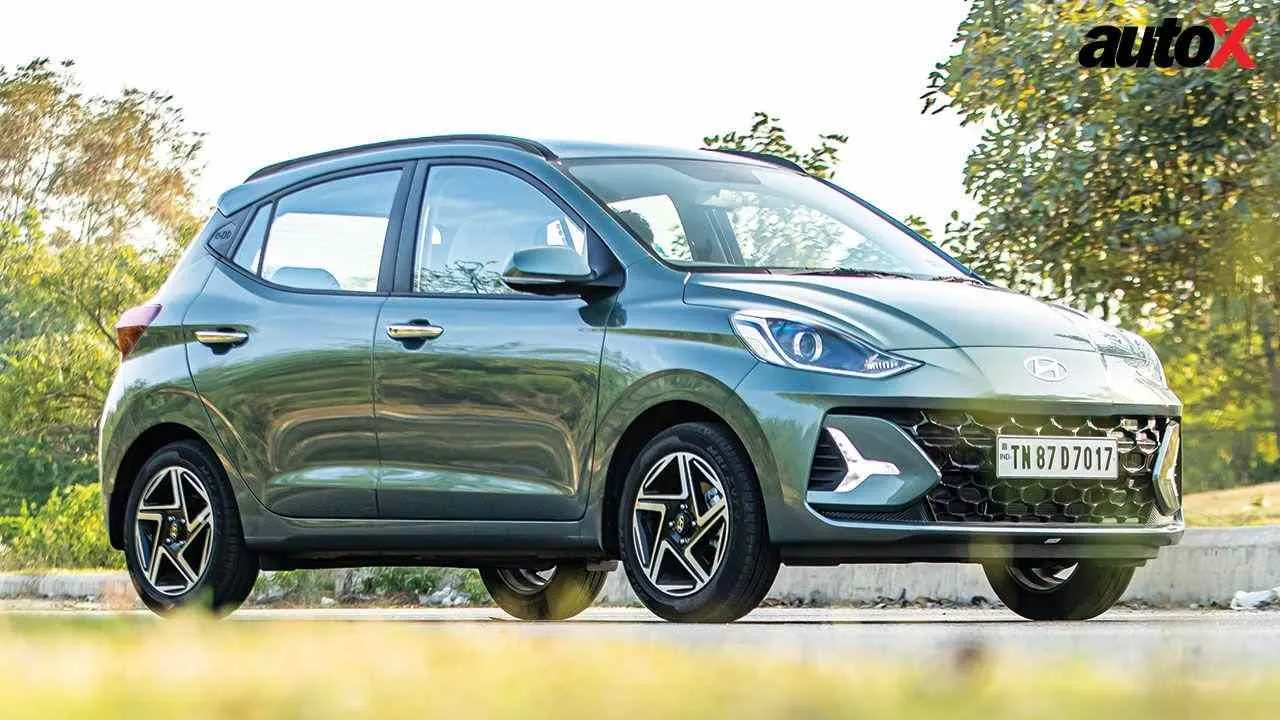

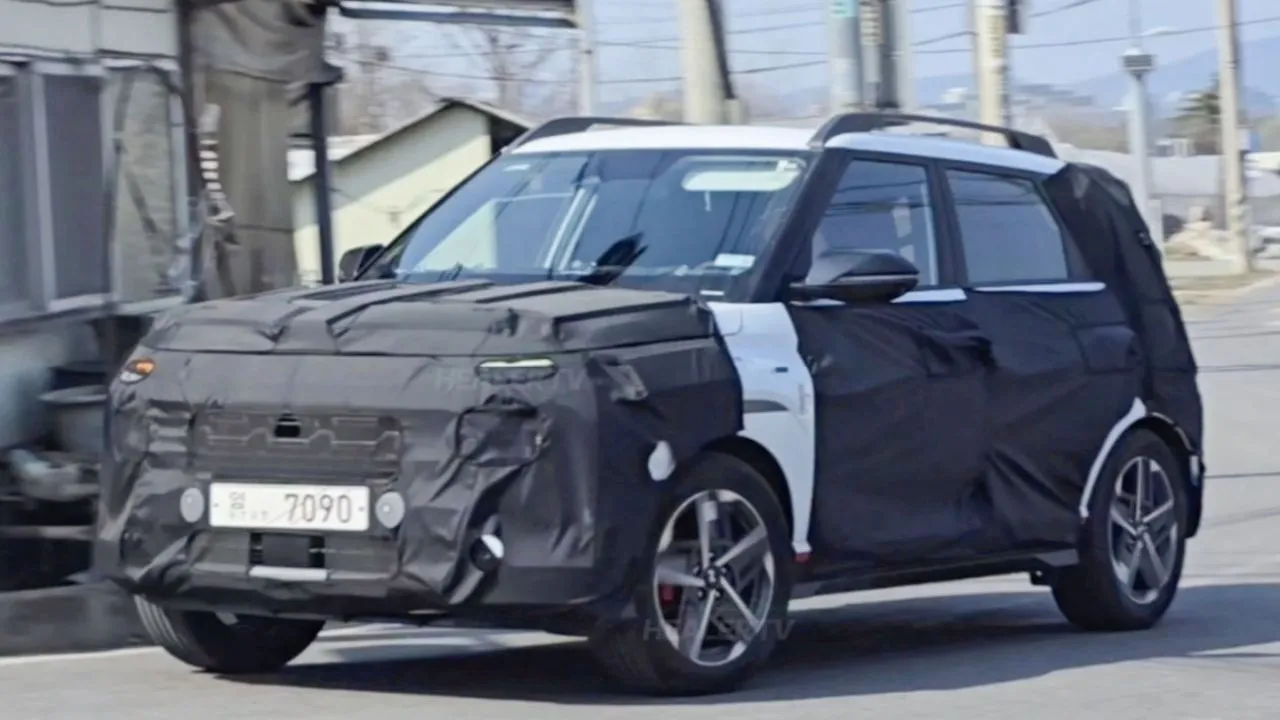

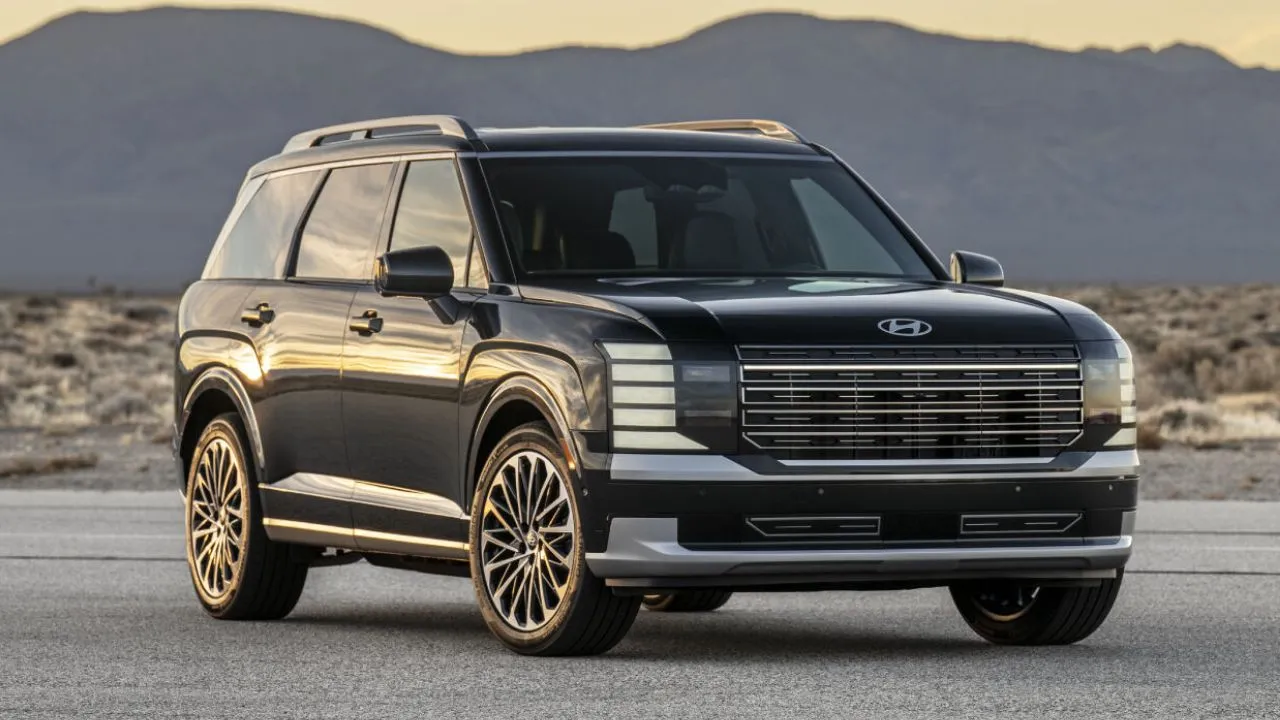

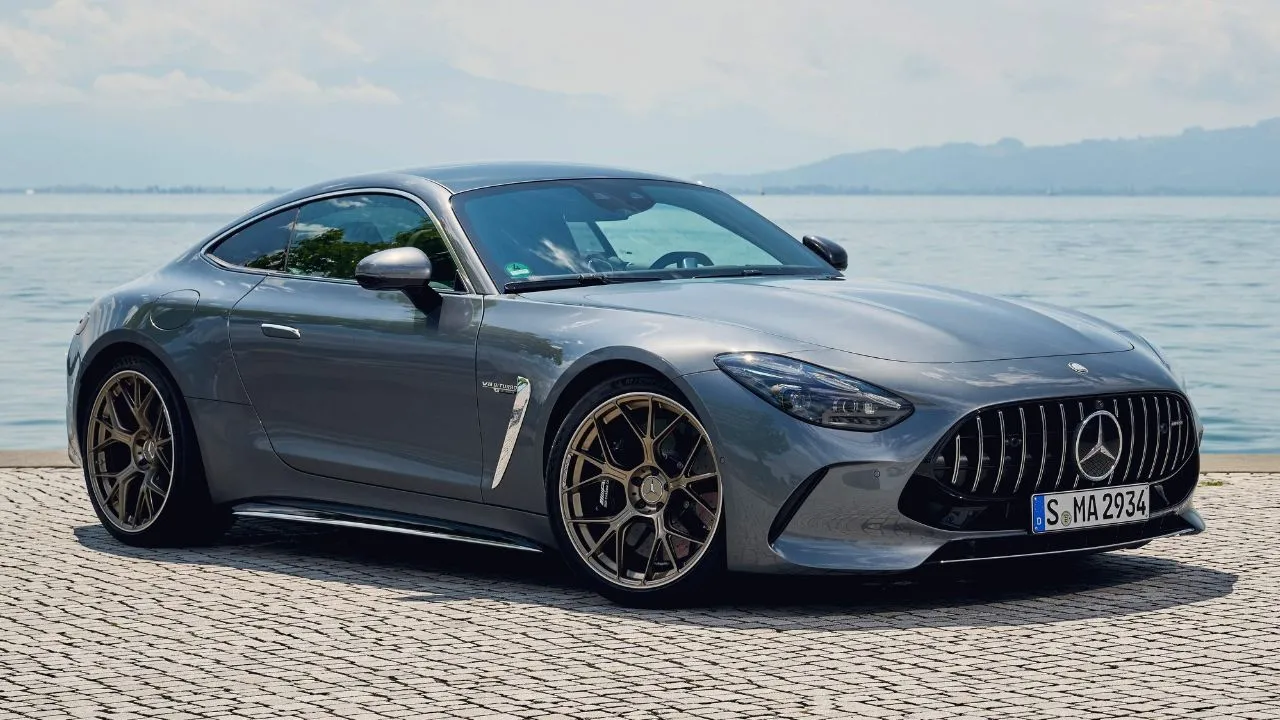
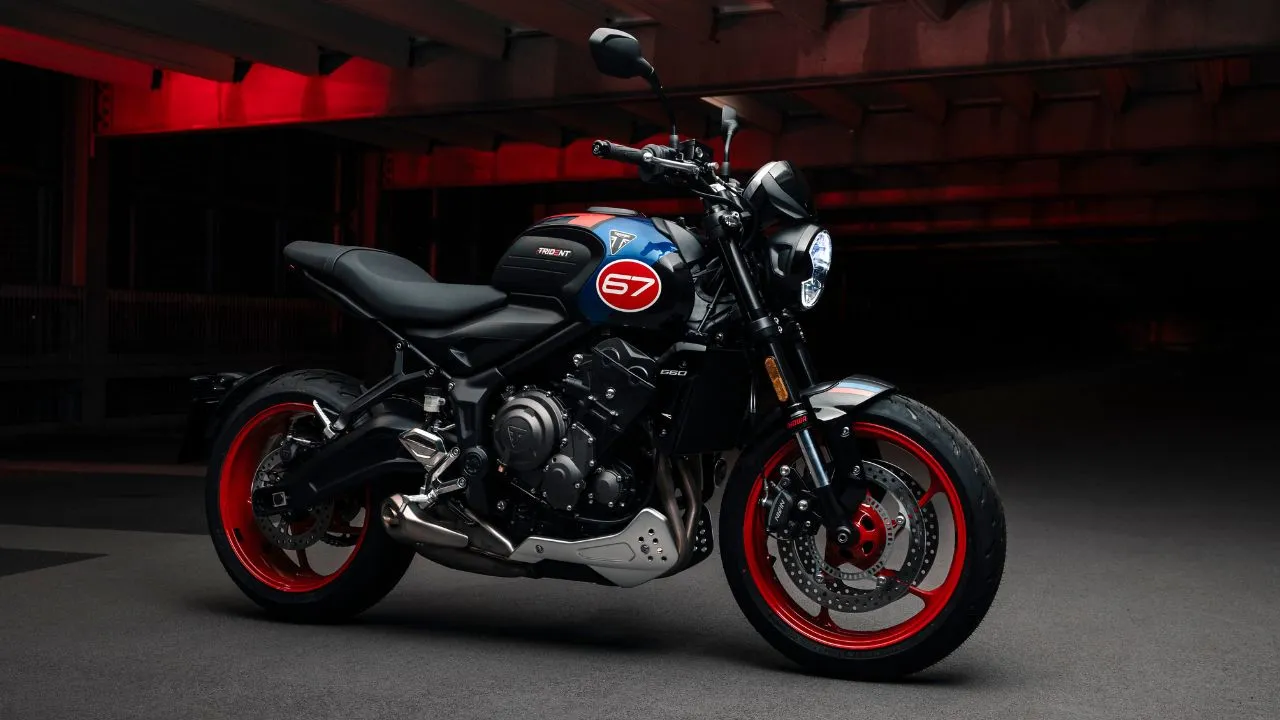
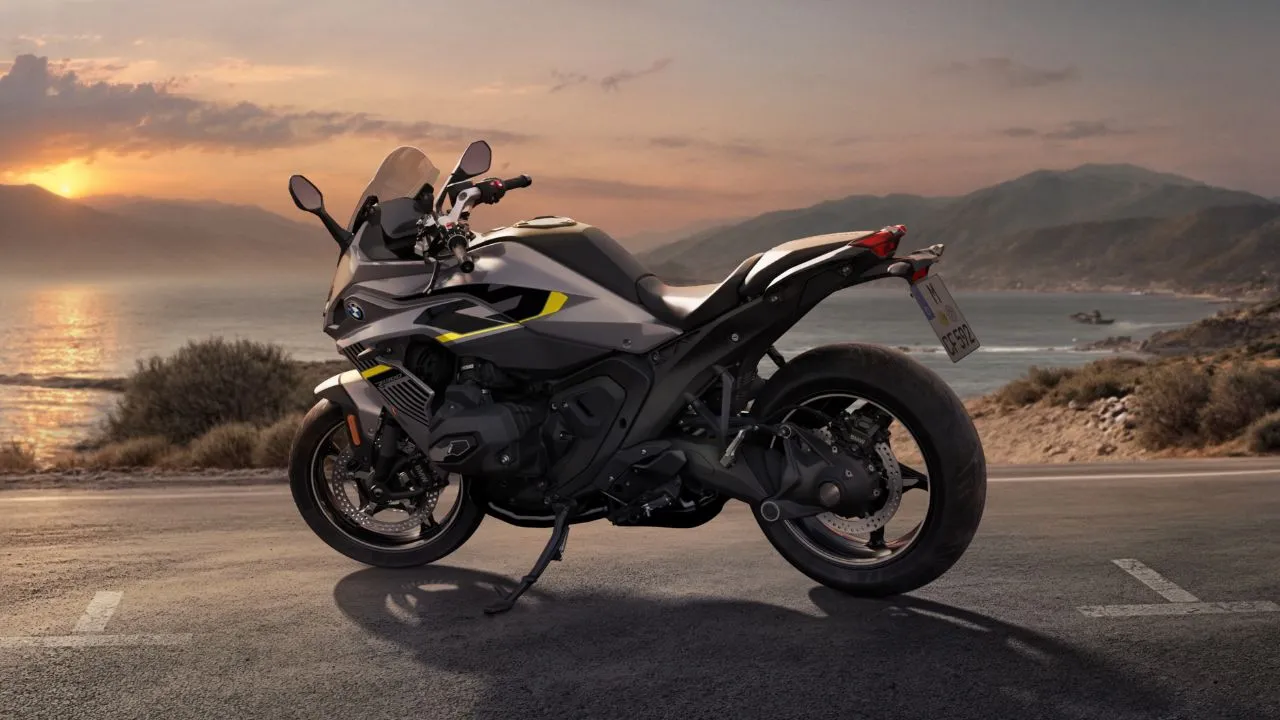


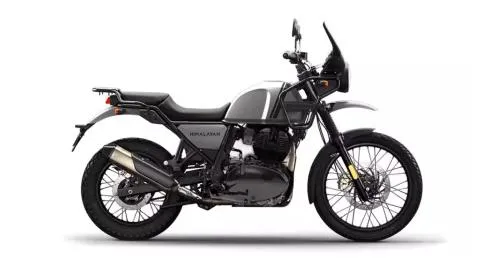
















Write your Comment on